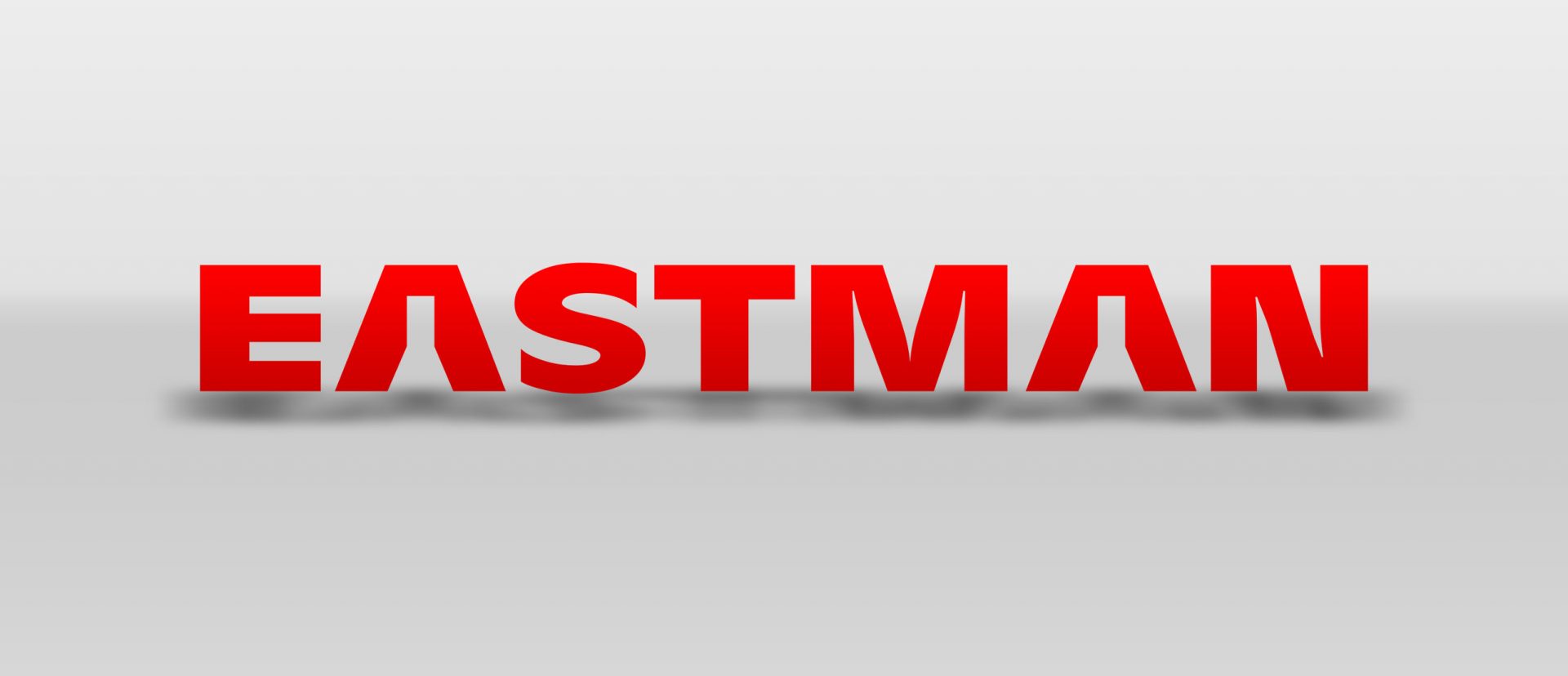In this article, we review the antitrust decision of the Shanghai Administration for Market Regulation (Shanghai AMR) against Eastman Chemical (China). After analyzing the administrative ruling, we raise several issues worthy of further discussion. These include market definition, and the assessment of Eastman’s market dominance and alleged anti-competitive conduct. This article aims to shed some light on how abuse of dominance cases will be dealt with in agency investigations in China in future.
By Vanessa Yanhua Zhang & John Jiong Gong1
I. INTRODUCTION
On April 16, 2019, the Shanghai Administration for Market Regulation (the “Shanghai AMR”), the local counterpart of China’s State Administration for Market Regulation (“SAMR”) made an administrative penalty decision against Eastman Chemical (China) Co. (“Eastman”) for alleged abusive conduct, namely exclusive dealing.2
Eastman sells several coalescent and related products to coating manufacturers operating in mainland China, including Texanol CS-12 coalescent, TXIB plasticizer and OE300 CS-16. Coalescent is an important input for coating products. On August 16, 2017, the Shanghai AMR officially initiated its investigation against Eastman for suspected abuse of dominance, and concluded that from 2013 to 2015 Eastman held a dominant position in the relevant market for CS-12 coalescent in mainland China, and abused its dominance through exclusive agreements, w
...THIS ARTICLE IS NOT AVAILABLE FOR IP ADDRESS 216.73.216.23
Please verify email or join us
to access premium content!

